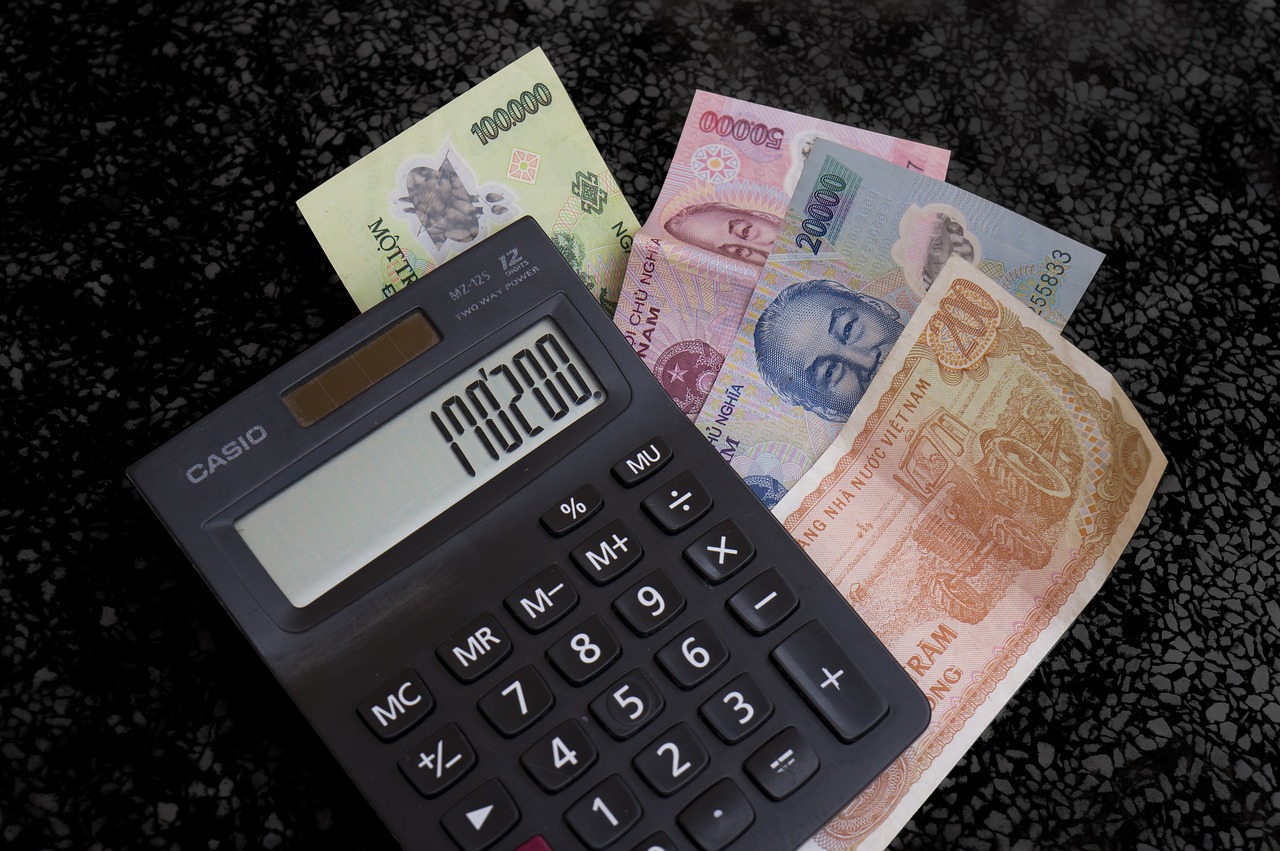Uncovering the Secrets of Spains Currency: Exploring the National Currency, Denominations, and its Relationship to the Euro
GPT_Global - 2024-02-05 15:30:06.0 473
Remittance business is a vital component of the global economy, providing a means for individuals to transfer money to their loved ones or businesses in other countries. It involves the process of sending and receiving funds from one location to another, usually across international borders. This industry has grown significantly in recent years due to the increase in globalization and the growing number of people living and working abroad.
One of the main benefits of remittance services is its convenience. With the rise of technology, transferring money has become easier and faster, with options including bank transfers, online money transfer services, and mobile apps. This makes it possible for individuals to send money back home to their families or businesses in just a few clicks, no matter where they are located.
In addition, remittance businesses offer competitive exchange rates and low transaction fees, making it an affordable way to transfer money. This is particularly beneficial for low-income earners who rely on these services to send money to their families in developing countries.
The remittance business also plays a crucial role in supporting economic growth in developing countries. According to the World Bank, remittances accounted for over $550 billion in 2019, exceeding foreign direct investments in many developing countries. This influx of funds helps boost local economies, create job opportunities, and reduce poverty levels.
Overall, the remittance business has become an essential tool for individuals and businesses looking to transfer money globally. Its convenience, affordability, and positive impact on economic development make it a crucial service for many people. With the continued growth of this industry, we can expect to see even more efficient and cost-effective ways to transfer money in the future.

What currency is used in Spain?
Spain is a popular tourist destination, known for its beautiful beaches, delicious food, and rich culture. It's also a prominent country for international business, making it a hub for remittance activities. If you're planning to send money to Spain, it's essential to know what currency is used in the country.
The official currency of Spain is the Euro (€), which is the sole currency used by all Spanish territories, including the Canary Islands, Ceuta, and Melilla. The Euro is also the second-most traded currency globally, making it a highly recognized and stable form of currency.
Before the adoption of the Euro in 1999, Spain's currency was the Spanish peseta (PTA). However, the conversion rate of the peseta to the Euro was fixed at a rate of 166.386, making it easy for people to transition to the new currency. Today, the Euro comes in coins and banknotes, with denominations ranging from €5 to €500.
As a Eurozone member, Spain follows the European Central Bank (ECB)'s monetary policy and regulations for currency exchange. This ensures that the value of the Euro remains stable and consistent throughout the Eurozone countries, making it a reliable form of currency for international transactions.
When sending money to Spain, it's important to consider the current exchange rate between your local currency and the Euro. You can easily check this through online currency converters or by contacting your remittance service provider. Additionally, it's crucial to choose a reputable remittance company that offers competitive exchange rates and low fees to ensure that you get the most out of your money transfer.
In conclusion, knowing what currency is used in Spain is crucial when planning to send money to the country. The Euro is the official currency of Spain, and it's widely accepted and recognized worldwide. By staying informed about the currency exchange rate and choosing a reliable remittance service, you can ensure a smooth and cost-effective transfer of funds to Spain.
What is the name of Spain's national currency?
Spain's national currency, the euro, is a vital factor in the country's remittance business. With over 75% of the population being internet users and 85% owning smartphones, Spain has a strong digital economy that contributes to the success of its remittance industry.
The euro, which was introduced in 2002, is the official currency of Spain and 18 other countries in the European Union. Its symbol, €, is widely recognized and used in everyday transactions. Having a common currency makes it easier for people to send and receive money between European countries without having to worry about exchange rates or conversion fees.
For those living in Spain, sending money back home to their families has never been easier. Many banks and remittance companies offer competitive rates and convenient online platforms for making transfers. With the use of the euro, recipients can quickly withdraw the money in their local currency without losing out on conversion costs.
Moreover, the euro's stability also plays a crucial role in Spain's remittance business. The currency has consistently remained strong against other major currencies like the US dollar and British pound, providing stability and reliability for both the sender and receiver of money. This is why many immigrants and expats choose to use the euro for their remittance needs.
In conclusion, the euro is the backbone of Spain's remittance business – providing convenience, affordability, and stability for its users. With the country's strong digital infrastructure and widespread use of smartphones, sending and receiving money has become more efficient and accessible than ever before. Whether you're an immigrant working in Spain or have family and friends living there, the euro's role in the remittance industry is essential for facilitating seamless cross-border transactions.
Are there different denominations of money in Spain?
When it comes to sending money to Spain, it's important to know the different denominations of currency that are used in the country. This can help you understand the fees and exchange rates associated with your remittance transaction.
The official currency of Spain is the euro (EUR), which is used by all 19 member countries of the European Union. It is divided into banknotes and coins, with the euro being the main unit of money. Other commonly used denominations include the cent, which is equal to 1/100 of a euro, and the euro-cent, which is equal to 1/100 of a cent.
In terms of physical currency, there are seven different denominations of euro banknotes: €5, €10, €20, €50, €100, €200, and €500. Each note features different historical figures and architectural styles from different periods of European history. The most commonly used notes are the €50 and €100, with the €200 and €500 being less frequently used due to their higher value.
In addition to banknotes, there are eight different euro coins in circulation: 1, 2, 5, 10, 20, and 50 cents, as well as €1 and €2 coins. Each coin has a unique design on the obverse side, representing different symbols and themes from European culture and history.
It's also important to note that while the euro is the official currency of Spain, some regions may still accept other forms of currency, such as the Spanish peseta or US dollars. However, it is recommended to exchange your money for euros before your trip to avoid any confusion or potential scams.
When sending a remittance to Spain, be sure to keep these different denominations in mind to better understand the currency conversion process and any associated fees. This will help ensure a smooth and transparent transaction for both the sender and recipient.
How does the Spanish currency compare to the euro?
When it comes to transferring money to Spain, understanding the currency exchange rate is crucial. Spain is part of the European Union, and like most countries in the EU, its official currency is the euro. However, before the adoption of the euro, the Spanish currency was the peseta. So how does the Spanish currency compare to the euro? Let's find out.
The euro was introduced to Spain in 1999, and by 2002, it officially replaced the peseta as the country's currency. The conversion rate for the peseta to the euro was set at 166.386 pesetas per euro. This means that one euro is equivalent to around 166 pesetas.
The euro is currently the second most traded currency in the world, just behind the US dollar. It is also widely accepted in many countries, making it a convenient currency for international transactions. As a result, transferring money to Spain in euros is often a more popular choice than converting your local currency to pesetas first.
Additionally, the euro is a stable and strong currency compared to the peseta. It has a higher value, which means that you can get more for your money when exchanging it for the euro. This is beneficial for those sending remittances to Spain, as their loved ones can receive more money in their local currency.
However, some may still prefer to send money in pesetas, especially if their recipients are more comfortable with the old currency. In this case, it is essential to keep track of the exchange rates to ensure that you are getting the best deal. You can use various online tools or consult with a remittance service provider to get the latest rates.
In conclusion, the Spanish currency, the peseta, and the euro both have their pros and cons when it comes to transferring money to Spain. Ultimately, it depends on personal preferences and the current exchange rates. But with the euro being a widely accepted and stable currency, it is a popular choice for remittance transactions to Spain.
About Panda Remit
Panda Remit is committed to providing global users with more convenient, safe, reliable, and affordable online cross-border remittance services。
International remittance services from more than 30 countries/regions around the world are now available: including Japan, Hong Kong, Europe, the United States, Australia, and other markets, and are recognized and trusted by millions of users around the world.
Visit Panda Remit Official Website or Download PandaRemit App, to learn more about remittance info.



